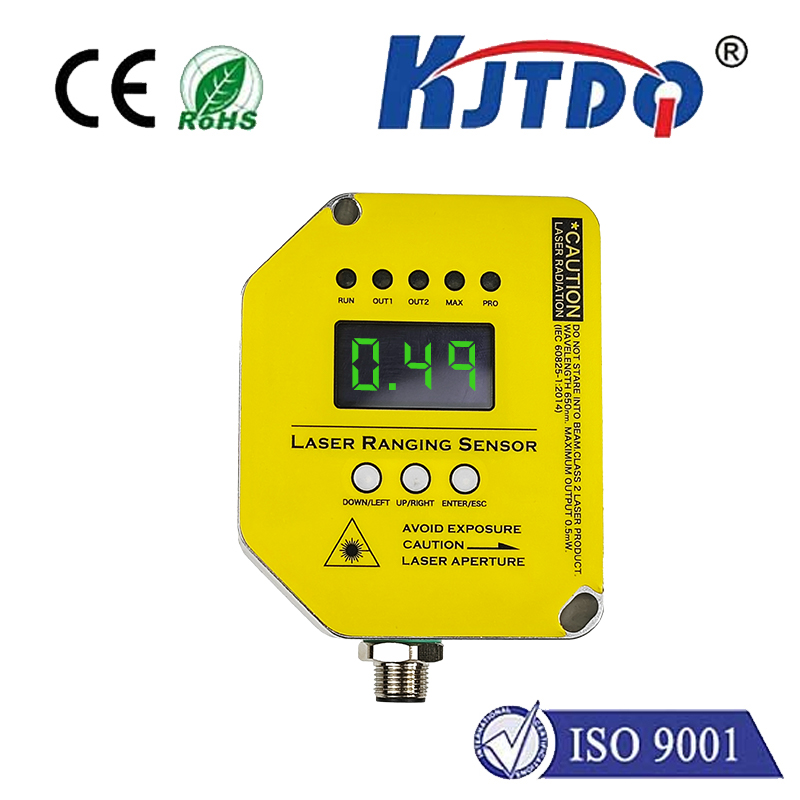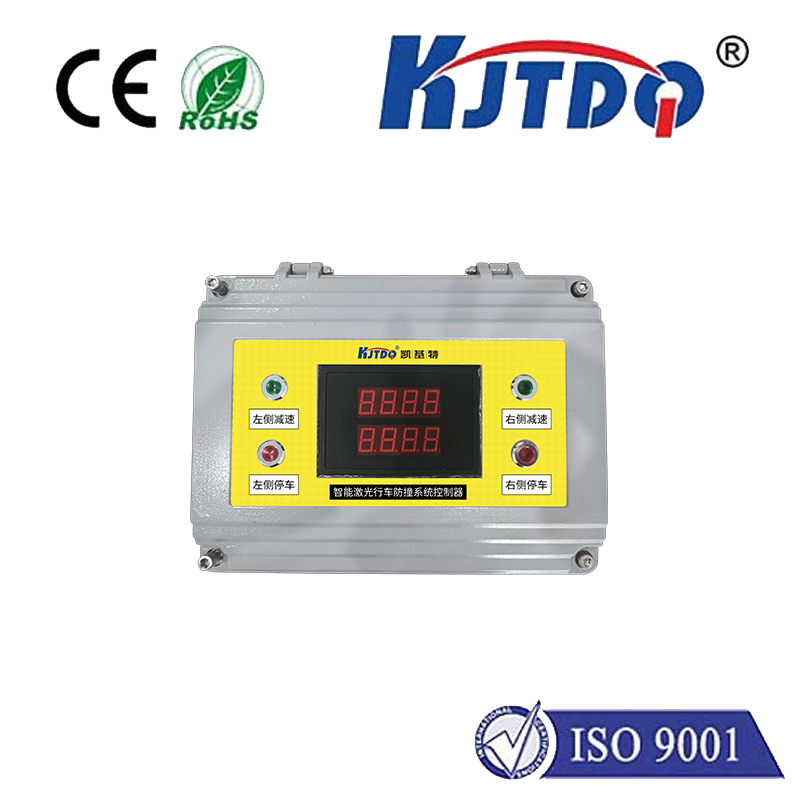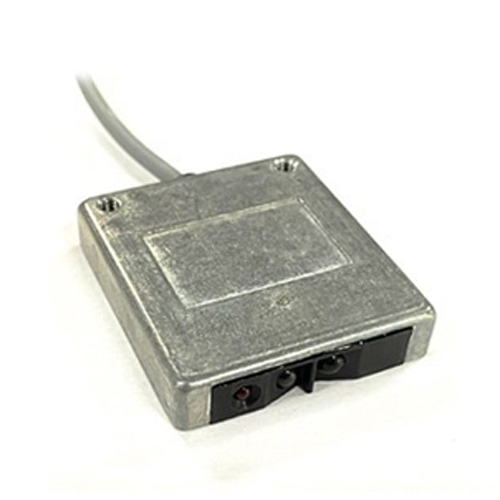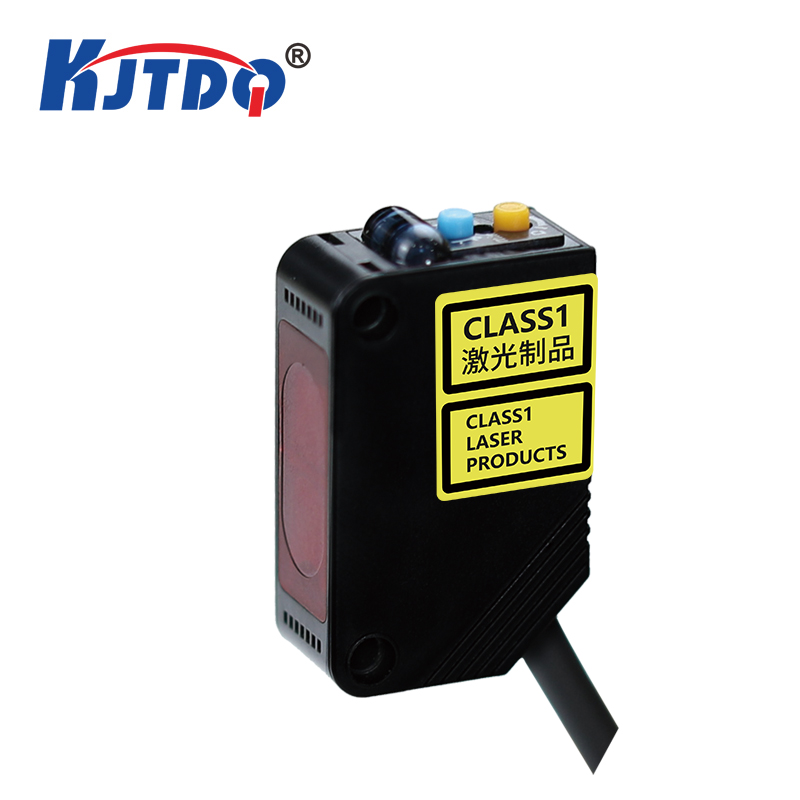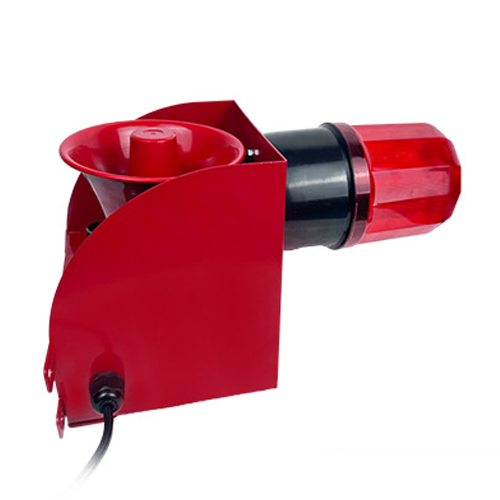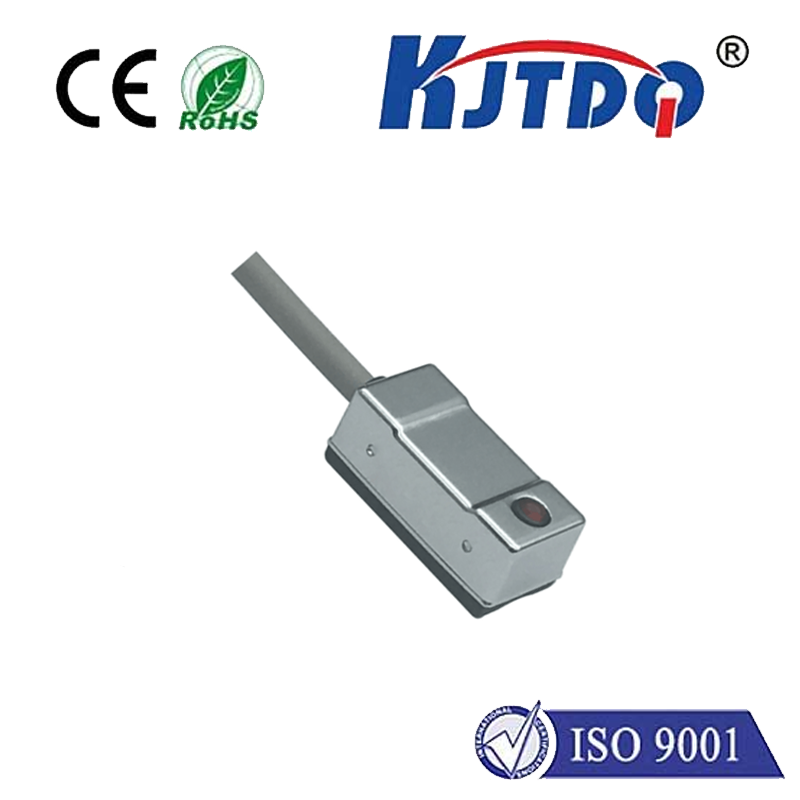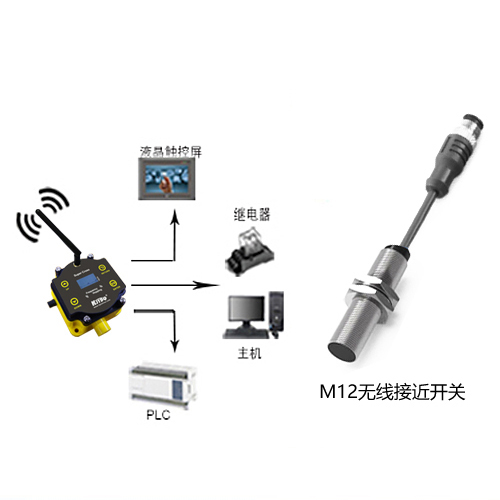BES01PN high pressure proximity sensor
- time:2025-09-30 18:13:55
- Click:0
BES01PN Proximity Sensor: Mastering Reliable Detection in Extreme Pressure Environments
Ever struggled with sensor failures in demanding hydraulic systems, heavy machinery, or high-pressure industrial processes? When reliable proximity sensing under immense pressure is non-negotiable, standard sensors often buckle. The BES01PN High Pressure Proximity Sensor steps into this critical gap, engineered specifically to deliver unwavering performance where pressure isn’t just a factor—it’s the dominant challenge. Understanding its capabilities is essential for engineers seeking robust, failsafe automation solutions.
What is the BES01PN High Pressure Proximity Sensor?
At its core, the BES01PN is a non-contact inductive proximity sensor. Like other inductive sensors, it detects the presence or absence of metallic objects without physical touch, generating an electronic output signal. However, the defining characteristic of the BES01PN sensor lies in its exceptional construction designed to withstand extraordinarily high ambient pressures that would compromise or destroy conventional units. This makes it an indispensable component in environments where fluid pressure is intrinsic to operation.
Where Extreme Pressure Reigns: Key Applications
The BES01PN isn’t a general-purpose sensor; its raison d’être is conquering harsh, pressurized settings. Key industries and applications demanding its unique resilience include:

- Hydraulic Systems: Foundational in manufacturing, construction (excavators, presses), and aerospace, hydraulic circuits operate under immense pressure. The BES01PN reliably monitors cylinder end positions, valve actuation, or component presence within power packs or on machinery, directly exposed to hydraulic fluid pressures potentially reaching hundreds or even thousands of bar.
- Die Casting and Plastic Injection Molding: These processes involve injecting molten material under tremendous pressure into molds. Sensors monitoring mold closure, core pulls, ejector pins, or safety gates need the robust high-pressure resistance offered by the BES01PN to function reliably cycle after cycle.
- Test Benches & Pressure Vessels: Facilities testing components like valves, pipes, or pressure vessels subject equipment to extreme internal pressures. The BES01PN provides crucial feedback on component position or status during these high-pressure tests.
- Offshore & Subsea Equipment: Operating deep underwater inherently means exposure to significant hydrostatic pressure. Sensors used in remotely operated vehicles (ROVs), drilling equipment, or underwater manifolds require the high-pressure sealing capabilities found in sensors like the BES01PN.
- High-Pressure Pumps and Compressors: Monitoring components within these machines demands sensors that can survive the internal pressure environment without failure.
Core Strengths: Why the BES01PN Excels Under Pressure
What sets the BES01PN proximity sensor apart in these punishing environments? Its design incorporates several critical features:
- Exceptional Pressure Resistance: This is its defining feature. The BES01PN is specifically built to maintain integrity and reliable switching function even when subjected to ambient pressures significantly exceeding standard atmospheric pressure, often rated for pressures measured in the hundreds of bar. (e.g., 500 bar is a common specification – verify actual rating for specific model variant).
- Robust Hermetic Sealing: Achieving high-pressure resistance requires exceptional sealing technology. The BES01PN typically utilizes specialized designs, such as welded stainless steel housings or advanced encapsulation techniques, creating a hermetic barrier preventing pressure ingress that could damage internal electronics or cause failure.
- High Mechanical Strength: Beyond just pressure, these environments can involve vibration and mechanical shock. The housing and construction materials (often high-grade stainless steel) provide the necessary durability and impact resistance.
- Reliable Inductive Sensing: Despite its tough exterior, it performs the fundamental task flawlessly: detecting ferrous and non-ferrous metals (depending on variant) with a defined sensing range, providing stable, repeatable PNP or NPN switching signals.
- Environmental Protection: Many high-pressure environments are also hostile in other ways – oil, coolant, water, or particulates. BES01PN sensors frequently boast high IP (Ingress Protection) ratings (e.g., IP67 or IP69K), ensuring resistance to dust and liquids.
- Temperature Tolerance: Operations involving high pressure can also generate heat. The BES01PN is designed to operate reliably across a wide industrial temperature range.
Why This Matters: The Impact of Reliable High-Pressure Sensing
The consequences of sensor failure in high-pressure systems are far from trivial. Consider:
- Process Downtime: A failed sensor halts production lines, causing significant financial losses due to lost output.
- Safety Hazards: Inaccurate position feedback on a high-pressure cylinder or valve can lead to dangerous malfunctions or uncontrolled equipment movements.
- Maintenance Costs & Delays: Replacing failed sensors in complex, pressurized systems is often time-consuming, requires system depressurization, and incurs labor and parts costs.
- Compromised Data Integrity: On test stands, sensor failure leads to inaccurate or lost test data, impacting product development or quality control.
The BES01PN high pressure sensor directly addresses these risks. Its robust design ensures operational continuity, enhances safety protocols, reduces costly downtime, and delivers the precise, reliable data needed for efficient and safe high-pressure operations. Choosing a sensor built specifically for the pressure environment is not an option; it’s a critical operational necessity.
Implementing the BES01PN: Key Considerations
While inherently durable, maximizing the performance and lifespan of your BES01PN sensor requires attention to detail:
- Verify Pressure Rating: Crucially, confirm the specific pressure rating (e.g., max working pressure, peak pressure) of the BES01PN variant you select. Never operate beyond its specified limits.
- Understand Media Compatibility: Ensure the sensor’s housing material (e.g., specific stainless steel grade) and seals are compatible with the fluid (hydraulic oil, water, coolant, etc.) present in your application to avoid corrosion or seal degradation.
- Correct Mounting: Follow the manufacturer’s guidelines precisely for mounting, including thread engagement depth (using appropriate seals like O-rings or sealing washers rated for the pressure), torque specifications, and avoiding mechanical stress on the sensor body or cable. Proper mounting is vital for maintaining the pressure seal.
- Environmental Factors: Factor in ambient temperature range, potential chemical exposure beyond the main pressure media, and vibration levels. Ensure the chosen variant meets all environmental demands.
- Electrical Specifications: Match the sensor’s output type (PNP/NPN, NO/NC), voltage range, and current rating to your control system requirements. Ensure proper cable routing and strain relief.
The Solution for Uncompromising Environments
The relentless demands of hydraulics, die casting, deep-sea operations, and high-pressure testing leave no room for sensor fragility. The BES01PN High Pressure Proximity Sensor stands as a testament to engineering focused on overcoming the specific challenge of extreme ambient pressure. Its specialized construction, combining robust hermetic sealing, exceptional pressure resistance, and reliable inductive detection, delivers the dependability needed where failure is not an option. When your application involves pressures that render standard sensors ineffective, the BES01PN provides the durable, trustworthy sensing solution essential for safety, efficiency, and continuous operation in the most demanding industrial landscapes.






